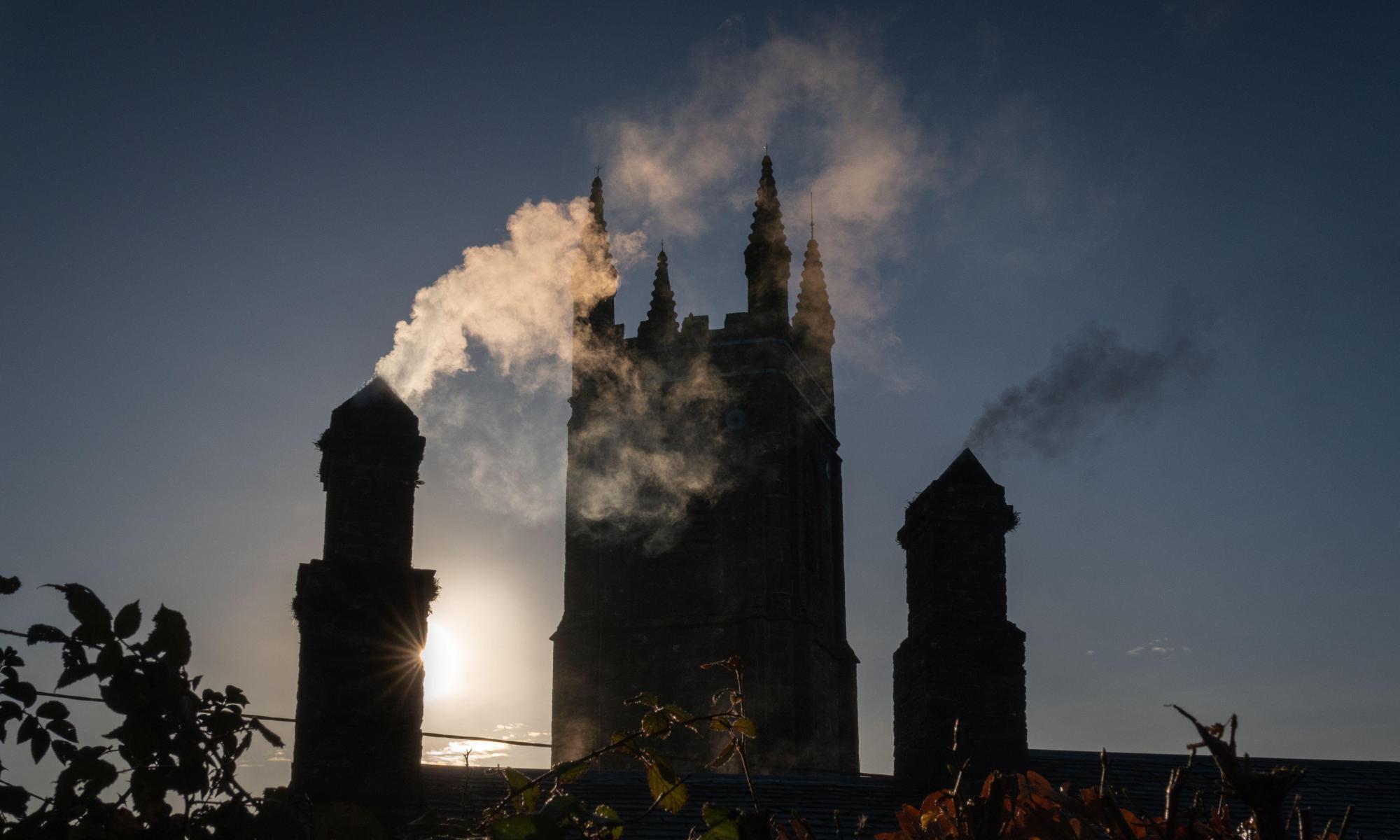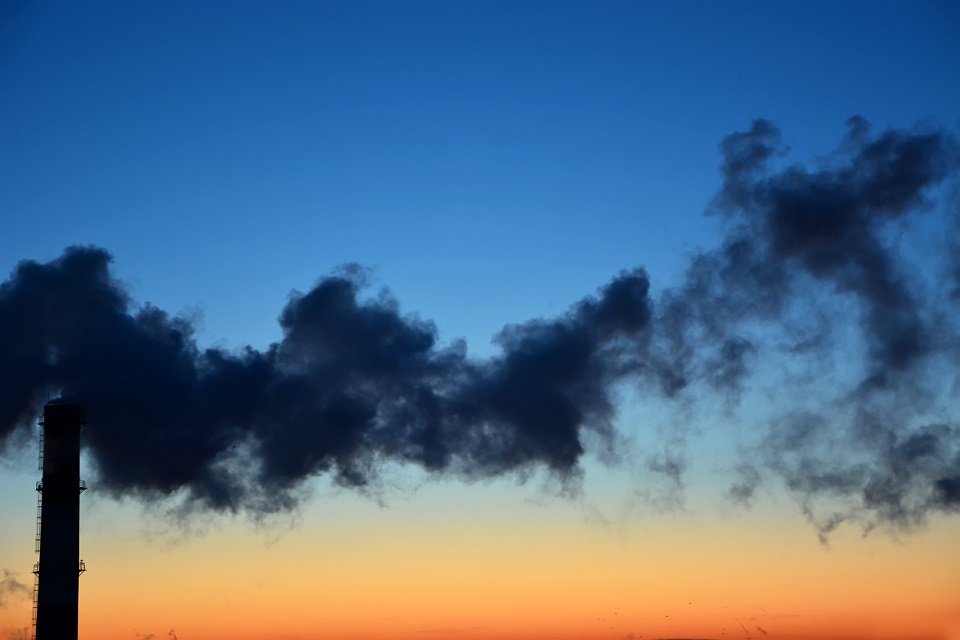Residents in Southall are calling on the government to urgently investigate the health impact of the redevelopment of an old gasworks in light of research suggesting the mainly south Asian community is highly susceptible to air pollution.
For a year the Guardian has followed the Clean Air for Southall and Hayes (Cash) campaign as they demanded answers from Ealing council, statutory bodies and scientists as to whether a “petrol-like” odour which they say emanated from the site is causing symptoms such as breathing problems, nausea and mental confusion – and serious diseases. They want to know what will be done to eliminate future risks over the 25-year regeneration project.

“There has been no proper investigation into how this contaminated site is affecting our health,” said Angela Fonso, of Cash, which wants the government to initiate a detailed study on the impact of the site in the context of the local population, one of the most deprived in London. “I don’t believe this environmental injustice would happen in a more affluent white area.”
It is thought that living in areas with toxic air is one of the reasons people from ethnic minorities have suffered a disproportionate number of deaths from Covid-19.
A Public Health England (PHE) spokesperson said: “The local authority is responsible for the health of its local population and any public health studies or analyses are for the local authority and its public health team to either carry out or commission.”
The site of the former gasworks and chemicals factory has been dogged by controversy since Boris Johnson used mayoral powers in 2010 to overrule Ealing council’s decision against development. Since work began in 2016 to clean the 88-acre site of hydrocarbons including benzene, naphthalene and cyanide, dozens of residents in local streets have complained that a petrol-like smell from the site has been making them sick.
Berkeley cleaned – or remediated – the soil on the site of contaminants in an open-air “soil hospital”. It was decided cleaning the soil was safer than transporting contaminated material along residential streets.
In July 2018 the Environment Agency (EA) was called in and ordered the Berkeley Group to take steps to mitigate the odour, which the developer complied with.
Campaigners claim the problems have persisted and last year crowdfunded for consultation to pursue legal action against the developer. The Berkeley Group has said “any legal action, if and when it materialises, will be vigorously opposed”.

“No one wants to take responsibility for us and we’re paying the price with our lives. We’ve been knocking on the doors of the council, PHE, EA and politicians for years,” claimed Joginder Singh Bhangu, a campaigner. “Our community has fallen through the cracks.”
Because of its scale, the gasworks redevelopment has multiple regulators: it is up to the EA to regulate the soil and advise Ealing on management of land affected by contamination; Ealing has responsibility for investigating complaints of statutory nuisance; and PHE are supposed to protect the health of the public.
“Covid is showing that health is not just about numbers but about people,” said Araceli Camargo, co-founder of Centric Lab, whose report argues that the health risks of the site can’t be determined by the regulatory limits. The specific challenges to the health of people in Southall, such as overcrowding, stress and poverty, should have been evaluated before introducing a major new source of air pollution, she said.
On Beaconsfield Road, a long artery from the junction near the station along the site boundary to a primary school, Bhangu regularly checks on the health of neighbours. Many gardens adjoin the site, where almost 4,000 homes will be built. “Of course we are more worried about coronavirus here, with all the chemicals,” he said.
The Guardian has interviewed dozens of residents of Beaconsfield Road and nearby streets to ask about their health since 2016. Of 48 who returned questionnaires to the Guardian, all said they had suffered breathing problems, and 42 said symptoms had led them to the GP. Other symptoms reported included eye problems, headaches, mental confusion and nausea.
Arevik and Ashok Martirosyan invited the Guardian to see an oxygen chamber they had rented for their seven-year-old daughter after she began having fainting fits. Around the same time both parents said they had experienced vomiting attacks, and suggested the symptoms were linked to “this very bad smell from the site”.

After multiple complaints and the assessment of an air quality expert in January 2020 that chemical levels presented a threat to health, Ealing council said GPs’ data showed no significant increase in asthma and cancer, and referred residents to a PHE report on the air monitoring data that says there is “unlikely to be a direct toxicological risk to the health of the nearby population from the levels of VOCs [volatile organic compounds] detected”.
That data – the only available – was provided by consultants for Berkeley, but residents believe Ealing should have conducted its own for comparison. The lack of any legal requirement for the council to do so, or for any of the regulators to act after PHE findings about chemical levels in March 2019, raises questions about the accountability to residents next to one of the UK’s biggest brownfield sites.
Last March PHE found that levels of naphthalene, a possible carcinogen, needed to be “reduced urgently” to protect residents’ long-term health. PHE told the Guardian to “get in touch with Ealing council to find out what actions have been taken as a result of the findings in the public health risk assessment”. Ealing council leader Julian Bell told residents in a virtual meeting on 16 July 2020 that chemical levels have been dropping since the soil hospital was dismantled last April.
Dr Onkar Sahota, a London assembly member and GP, said that – as the planning authority with the duty of care to residents – Ealing must establish its own independent monitoring of the site for the next phase of development.
“The cost of the independent monitoring consultants should be borne by the developer. Representatives of Cash should be on the appointment panel in equal number to those from Ealing council for appointing the new independent consultants to monitor for air quality, carcinogenic and noxious pollutants in the atmosphere,” said Sahota, who said work should stop while the health impact is investigated.
Ealing council said it was “determining the criteria for establishing an independent air quality monitoring network around the development”.

In any case, the data PHE looked at does not exclude risks to health. Air quality expert Prof Roy Harrison from the University of Birmingham told the Guardian: “The VOCs here are much higher than you would expect to see in normal streets,” adding that there would be little dilution of air pollution from the site at homes on the boundary and that naphthalene is “efficient” at getting indoors.
Data he saw “well exceeded” PHE’s own guidelines for naphthalene, he said. “In one report, consultants had performed a calculation to estimate the likely annual average concentrations of pollutants, including naphthalene. This gave an annual mean in excess of the WHO recommendation of 10 micrograms per cubic metre. Notably, in a recent report, PHE recommended a lower guideline of 3 micrograms per cubic metre.”
Prof Alan Boobis, a toxicologist from Imperial College, said many chemicals, including naphthalene, could explain residents’ symptoms, and stressed the mental toll of worrying about the air they breathe. “Once people are aware that chemical levels are excessive and associated with harm, they react badly to this toxicity and the behavioural response is real,” he suggested, likening this to post-traumatic stress disorder.
“What we are seeing [on such sites] is the legacy of the past industrial age. Perhaps in this case more soil should have been removed.”
Residents are now bracing for the next phase of the Southall Waterside development, when National Grid will remediate soil around the blue gas-holder that once signalled the way for planes arriving at Heathrow. It said it had taken “significant control measures” after seeing residents’ video testimonials about the impact of the site.
Fonso said: “We want work to cease at Southall Waterside for mitigation measures to be improved during any remediation and for Berkeley to follow the lead of National Grid, which is erecting enclosures, air-filtering systems and removing contaminated soil from the site to protect residents from harmful odours, vapours and dust.”
Berkeley did not comment on any plans for further remediation, saying: “This is a highly regulated activity and all work has been closely monitored and approved by the authorities, including the London Borough of Ealing and Environment Agency.”
Residents worried about the planned Berkeley St William gasworks developments in East London, and in Brighton, have contacted the Southall campaign for advice.
Bhangu, stopping to talk to an elderly neighbour on Beaconsfield Road, said: “What would I say to the other communities where there will be a gasworks redevelopment? Get ready for the nightmare.”
Prof Kevin Fenton, London regional director for PHE, said: “The Southall Waterside air quality data provided to PHE has been compared to a variety of available health-based air quality guidelines … for the detected chemicals. The results from our assessments show that there is unlikely to be a risk to the long-term health of the nearby population from chemicals detected.”


